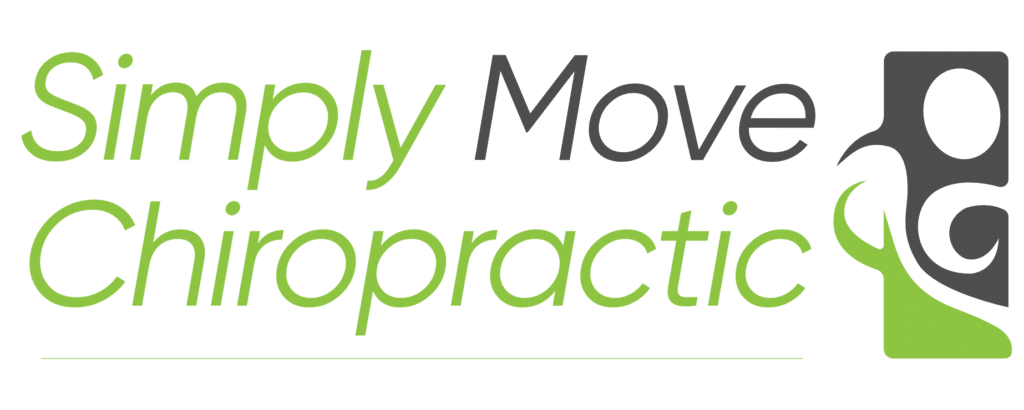Hi, I’m Dr. Natalie Otoya, a seasoned chiropractor based in Charlotte, NC. For over a decade, I’ve dedicated my professional life to comprehensive health care, using an integrative approach that prioritizes whole body assessments, personalized rehabilitation, active release technique, cupping, and dry needle therapy.
What is Cervical Radiculopathy?
Understanding cervical radiculopathy requires a basic understanding of our spine’s structure. Our spinal column, made of individual vertebrae, protects our spinal cord. Nerves branch out from this cord, passing through narrow spaces in the vertebrae. Cervical radiculopathy arises when one or more of these nerves is compressed, often because of injury or degenerative changes.
This compression typically happens near the cervical vertebrae, the seven small bones forming our neck. The result is a cascade of discomfort and pain, radiating from the neck to the shoulders, arms, and even hands. Patients may experience a range of symptoms including a sharp or burning pain, numbness, tingling, or weakness in these areas.
Recognizing the Signs and Symptoms
The symptoms of cervical radiculopathy can differ vastly among patients, depending on which nerve root is compromised. Some patients may experience a dull ache in the neck area, while others may report significant pain, a sensation of pins and needles, or weakness radiating down their arm. Symptoms might worsen during certain neck movements or positions, even during simple tasks like turning your head or coughing.
Diagnosing Cervical Radiculopathy
A comprehensive evaluation is crucial to diagnose cervical radiculopathy accurately. My approach integrates whole body assessments, focusing on understanding the root cause of your discomfort. A thorough review of your medical history, a careful physical examination which includes specific neck and arm movements to reproduce symptoms, is part of this process.
In addition, I utilize functional movement screenings to observe your body’s movement patterns. This technique helps me identify any abnormalities or restrictions in movements that could be contributing to the nerve compression.
Sometimes, diagnostic imaging like x-rays, CT scans, or MRIs might be necessary. These tools provide a detailed visual assessment of your spine and help confirm the diagnosis, ensuring we don’t overlook any other potential issues.
Treatment: The Role of Active Release Technique and Spinal Adjustments
Once the problem is identified, we move on to treatment. My strategy to treat cervical radiculopathy targets both the symptoms and their underlying cause. A combination of spinal adjustments, functional movement exercises, and the Active Release Technique (ART) is often most effective.
Spinal adjustments involve precise manipulation of the vertebrae to alleviate nerve pressure. Coupled with specific functional movement exercises, this can help improve your overall posture and movement, reducing the likelihood of further nerve compression.
ART, a patented soft tissue system, plays a significant role in this treatment approach. It focuses on muscles, tendons, ligaments, fascia, and nerves. Using precise targeted movements on the affected areas, ART restores proper motion, relieves tension, and enhances flexibility.
How Does ART Work?
The treatment starts with an in-depth evaluation of your soft tissue, enabling me to spot any changes in texture, tightness, and movement. Affected areas are then treated using accurately directed tension combined with specific patient movements.
These interventions aim to break down scar tissue and adhesions – often formed post-injuries – that can lead to pain, stiffness, and movement restrictions. By dismantling these adhesions, ART works to minimize pain and restore normal function.
Conclusion
My experience as a chiropractor has repeatedly demonstrated the effectiveness of ART in treating cervical radiculopathy. Coupled with spinal adjustments and functional movement exercises, this treatment not only relieves immediate symptoms but also targets the root cause, aiming to prevent future episodes.
As with any medical treatment, results can vary between individuals. It’s always crucial to discuss your treatment options with your healthcare provider to ensure you’re choosing the best path for you. Remember, living with neck pain is not a life sentence. With the correct diagnosis and treatment, relief is within reach, and I’m here to guide you on your journey to recovery.





